BDP design puts art at the heart of Coventry University
BDP has connected, refurbished, and updated two brutalist buildings at Coventry University to create a modern home for the College of Arts and Society.
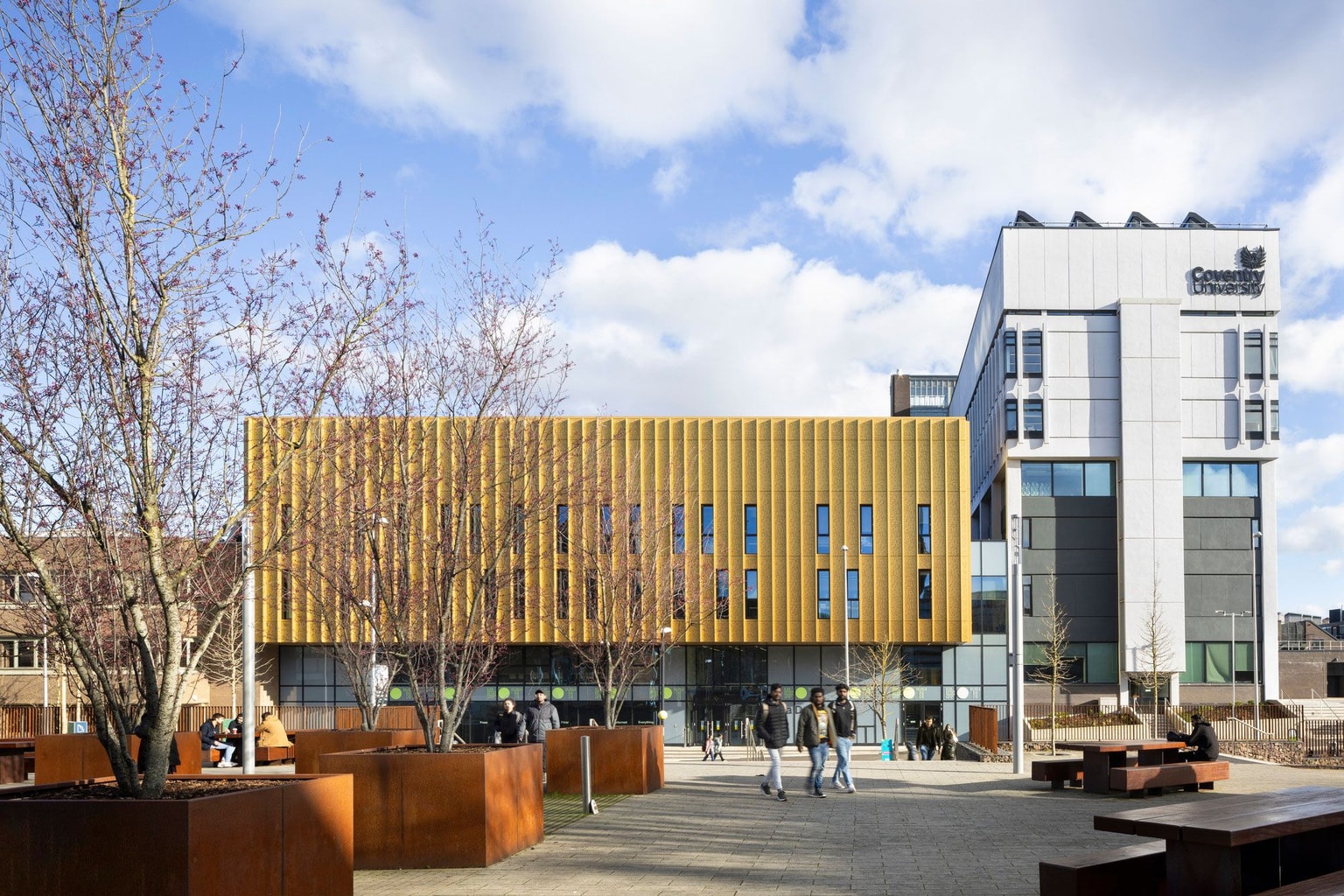
The design, by BDP’s education architects in Manchester and Birmingham, adds a contemporary extension, which links the Maurice Foss and Graham Sutherland buildings to establish a new, creative heart of the campus. Now named the Delia Derbyshire building, it further connects the city of Coventry with the university by acting as a public hub and a display for creative activity.
Coventry University will use the building to play a transformational role in the growth of the creative industries in the region and to positively influence the cultural development of the city, following on from its role as UK capital of culture in 2021. The design, which includes a landscaped central piazza, also supports the university’s predicted growth in student numbers and enables more active engagement with local communities and local enterprise.
For the students, the open plan and flexible learning spaces stimulate new pedagogies and cross-disciplinary working in the fields of architecture, interior design, automotive design, games, film, photography, immersive and digital media. An array of active and collaborative settings, world class technology, studio and workshop areas, and high-tech, immersive media rooms are clustered around a pair of lecture theatres and smaller break out spaces. This gives new cohorts access to a multiple suite of spaces that directly connect academic disciplines with regional businesses, institutions, and the people of Coventry.
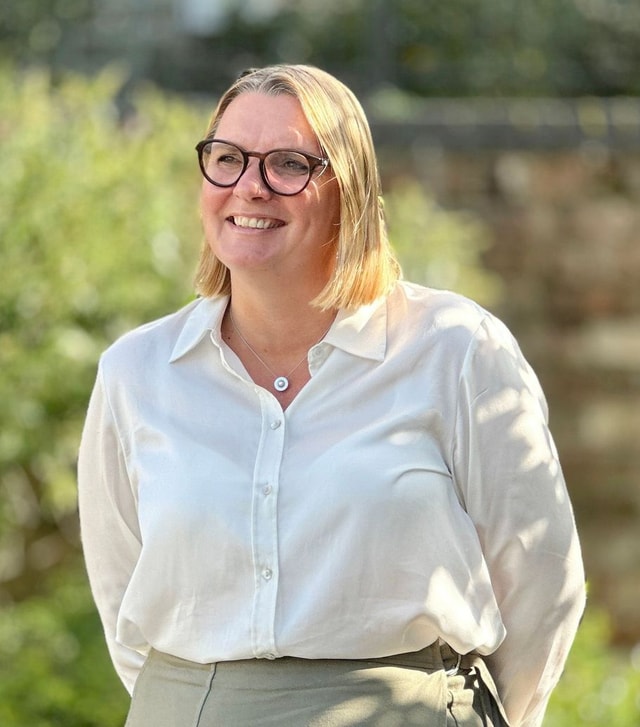
“The Delia Derbyshire building is an exciting mix of didactic, performance, and maker spaces arranged in such a that they can be used in multiple ways by a variety of students, staff and community groups. “With an increase in students, who also have raised expectations, it was important to create an open, accessible, and artistic shop window for all of the dynamic creativity at the university. It’s also a perfect example of adaptive reuse – transforming unwelcoming brutalist buildings into a sociable community hub for the arts.”
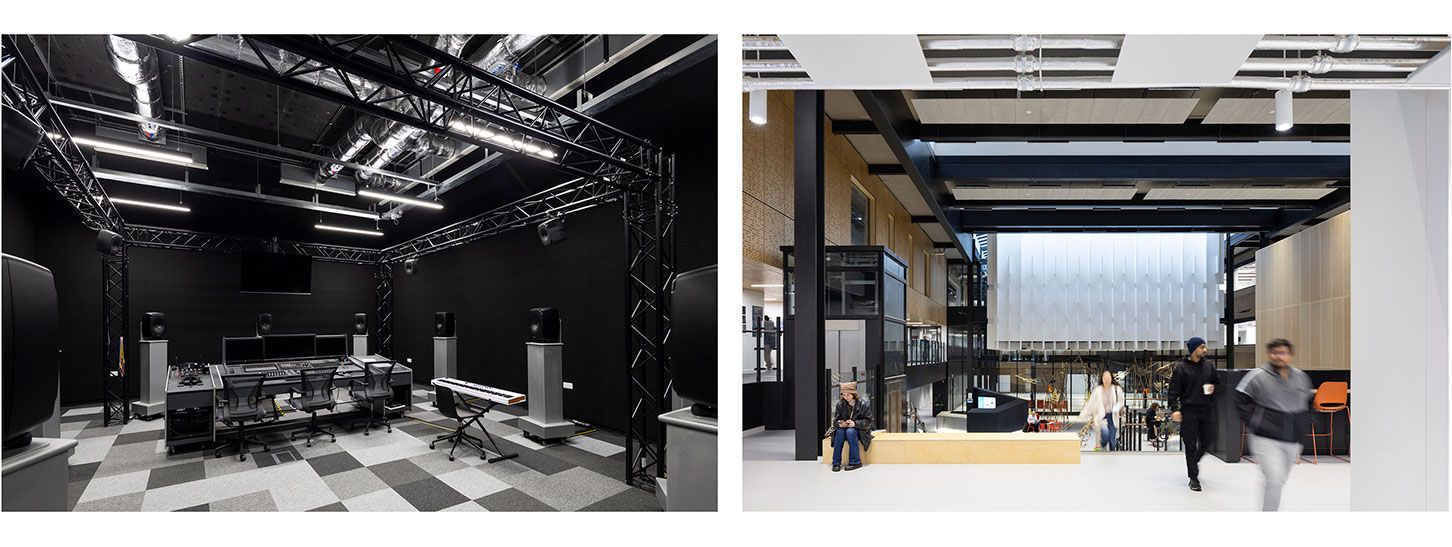
The collaborative spaces are activated by large, stepped seating, a café space and a central zone that is open to the ‘Hyper Studio’, a platform for ambitious inter-disciplinary challenge projects. The immersive technology studios which ‘float' above, provide sector-leading spaces for digital practice, allowing the opportunity for 360 motion-capture, real-time immersive design and full immersive sound production.
Externally, the design of the façade was chosen to respond to the surrounding built environment and the heritage of the institution. A natural alloy of copper, aluminium and zinc is a direct reference to the site’s former use as a foundry and to the university’s inception in 1843, when a collaboration between educators, the city and industrialists founded the first School of Design to improve the skills of the people of Coventry.
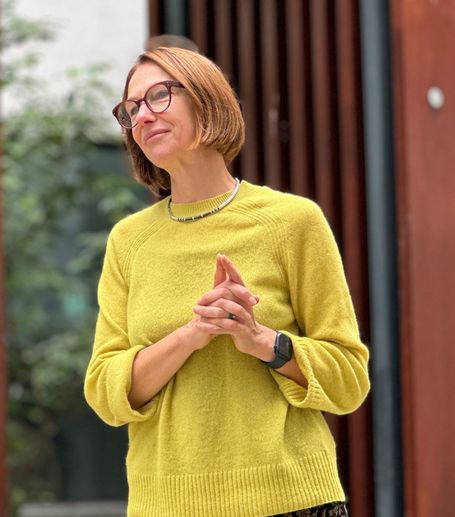
“Coventry University is incredibly proud of its history and of its place in the city and we are so honoured to have been able to contribute to the rejuvenation of its connection with local people and local business. The new building raises the profile and the capability of the college and the university, creating some of the best learning and social environments in the UK.”
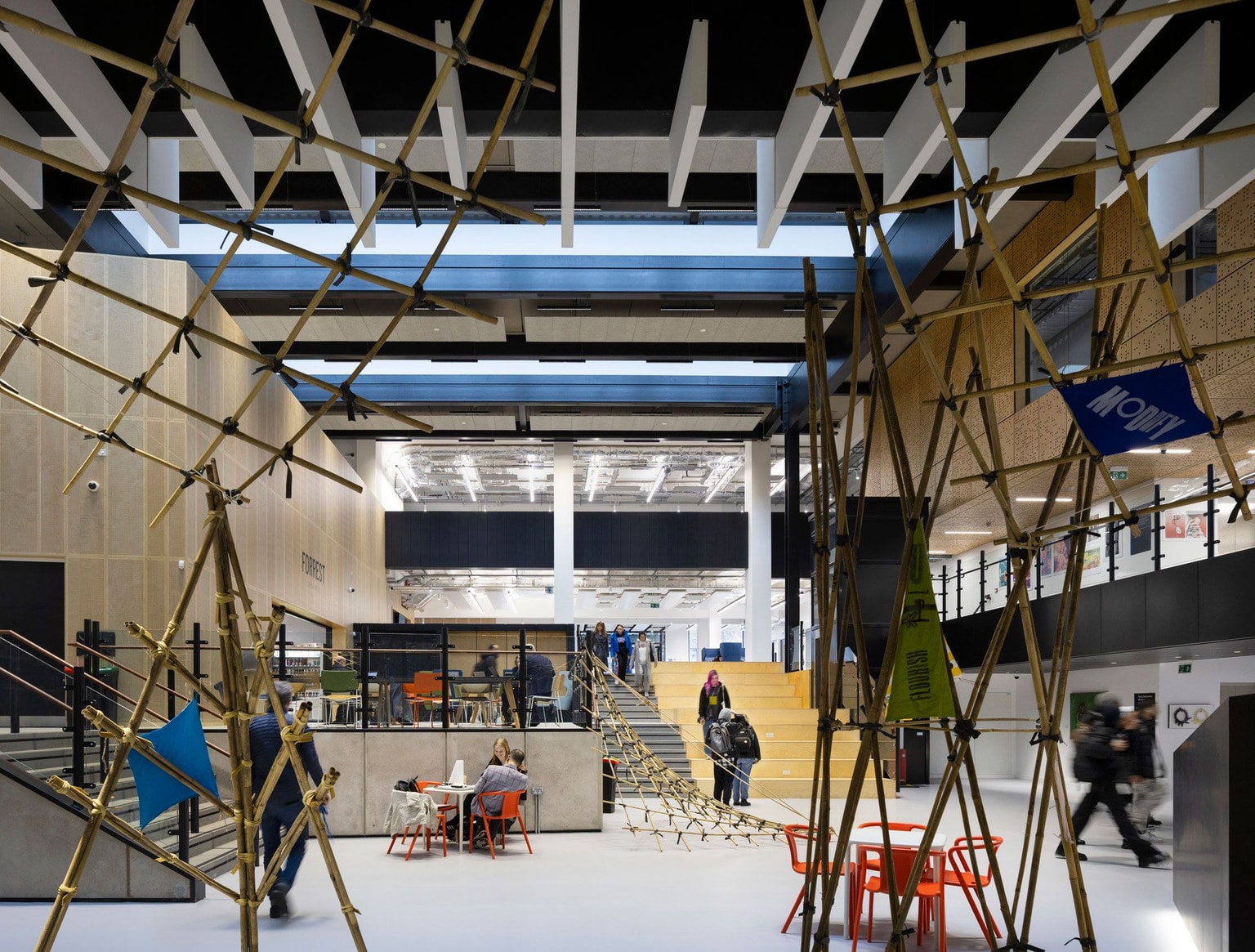
“The college cherishes both its history of innovation and our reputation for educating students who achieve amazing things, with some of them going on to win prestigious awards (including Oscars) and secure careers with world-leading companies – but who all contribute to the communities around them. This development and investment in our College takes what we can offer our students to a whole new level. Providing students and staff with such fantastic, creative learning spaces and state-of-the-art facilities is a once in a generation opportunity to move things forwards in a big way.”